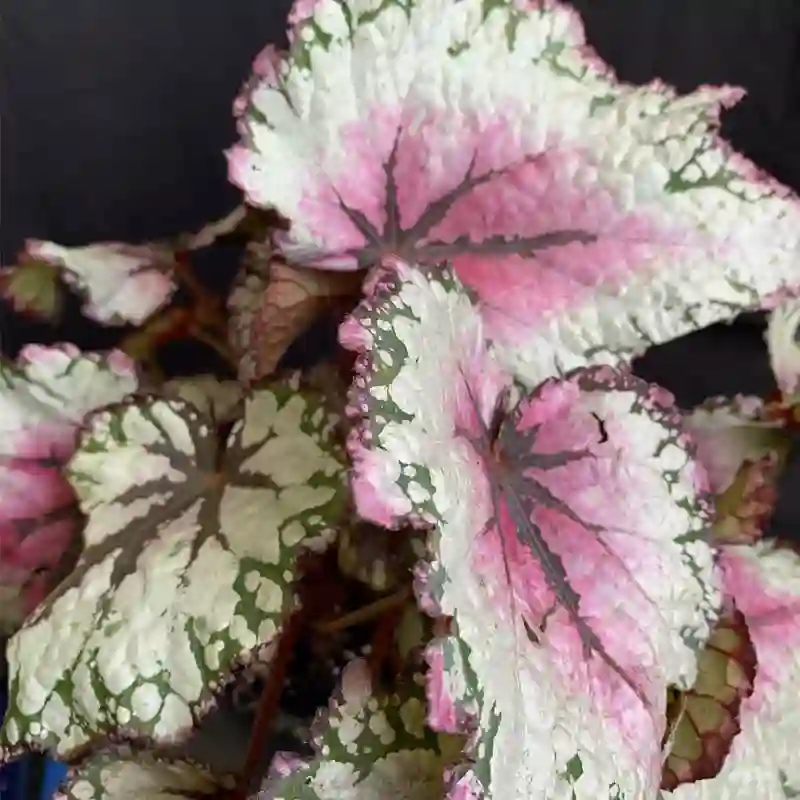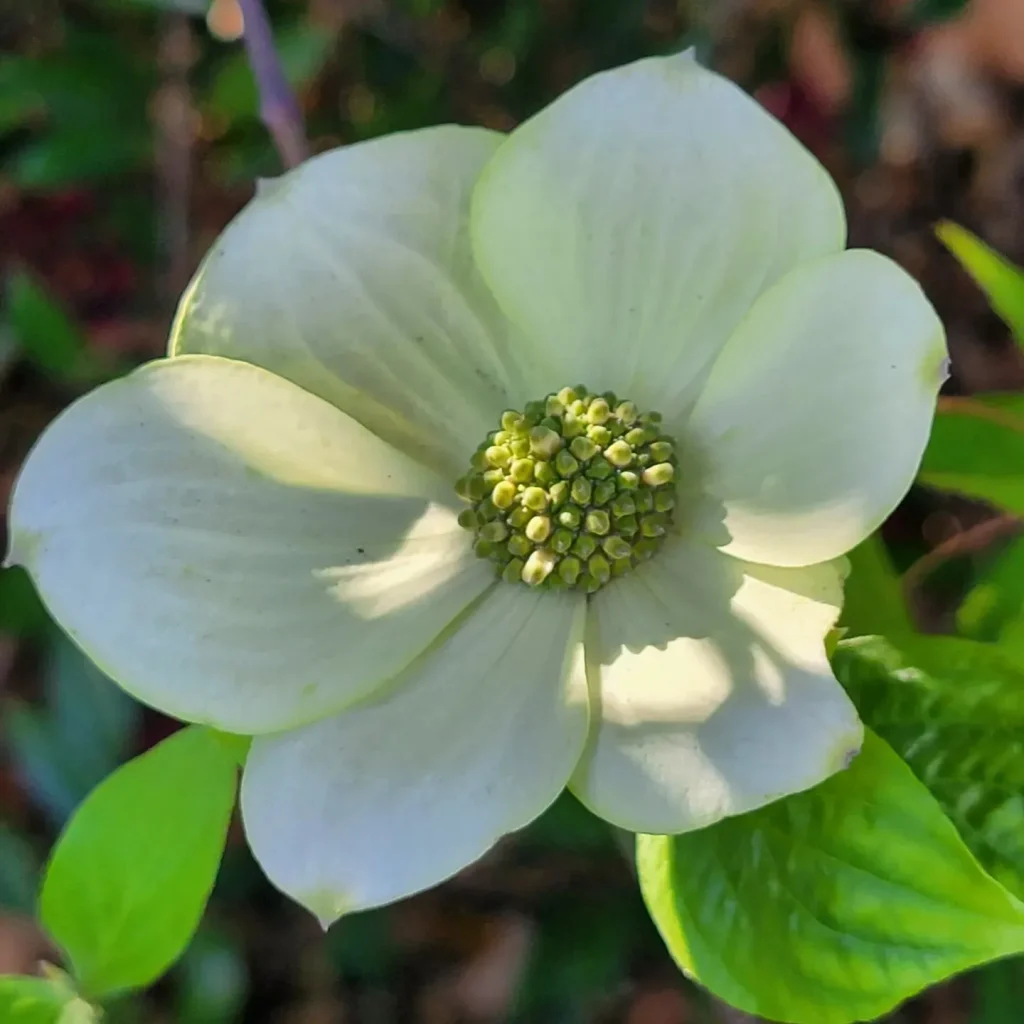Exploring the Austrobaileyaceae Family: A Journey into Austrobaileya
As a plant enthusiast, I’ve always been drawn to unique plant families, and the Austrobaileyaceae is no exception. This relatively obscure family, native to the tropical regions of Southeast Asia and Australia, is a fascinating area of study. It’s not just the exotic beauty of these plants that captivates me; it’s also their evolutionary significance and ecological roles that pique my interest. In this article, I’ll share my insights and experiences with the Austrobaileyaceae family, particularly focusing on the genus Austrobaileya.
What is Austrobaileyaceae?
The Austrobaileyaceae family is a small group of flowering plants that belong to the order Austrobaileyales. This family includes only a few genera, with Austrobaileya being the most well-known. Characterized by its unique flowers and distinct morphological features, Austrobaileyaceae has drawn attention from botanists and horticulturists alike.
I first encountered this family during a botanical expedition in Australia, where I observed the stunning Austrobaileya genus in its natural habitat. The lush rainforests provided the perfect backdrop for these plants, showcasing their vibrant flowers and glossy leaves. It was an eye-opening experience that deepened my appreciation for plant diversity.
The Genus Austrobaileya
Overview
Austrobaileya is a genus within the Austrobaileyaceae family, comprising several species, the most notable being Austrobaileya scandens. This climbing plant is often found in tropical rainforests, clinging to trees and utilizing their support for growth. Its twining habit makes it a fascinating subject for study, as it showcases the adaptability of plants in their natural environments.
The leaves of Austrobaileya are generally large, with a glossy surface that reflects sunlight. This feature not only enhances its aesthetic appeal but also aids in photosynthesis. The flowers are small yet striking, typically featuring a star-like shape that attracts various pollinators. Observing these flowers in bloom is a highlight of any rainforest visit.
Morphological Features
What truly sets Austrobaileya apart are its unique morphological characteristics. The flowers often exhibit a combination of colors, ranging from cream to pale yellow. I’ve found that these hues contrast beautifully against the dark green foliage, creating a stunning visual effect. Additionally, the plant produces aromatic compounds, making it an interesting subject for research into its ecological interactions.
The fruits of Austrobaileya are another point of fascination. They develop into fleshy berries that are not only appealing to wildlife but also play a crucial role in the plant’s reproductive cycle. This relationship between the plant and its pollinators or seed dispersers is a prime example of the interconnectedness of ecosystems, a theme that resonates deeply with me.
Ecological Significance
The Austrobaileyaceae family, particularly the Austrobaileya genus, plays a vital role in its native ecosystems. These plants contribute to biodiversity by providing habitat and food for various animal species. During my field studies, I observed numerous insects and birds visiting the flowers, further emphasizing the importance of Austrobaileya in sustaining local wildlife populations.
Moreover, Austrobaileya is often involved in complex ecological interactions, such as mutualism and commensalism. By supporting a variety of pollinators and seed dispersers, these plants help maintain the balance of their ecosystems. This ecological significance highlights the need for conservation efforts, as the loss of such species can have far-reaching effects on biodiversity.
Cultivation and Care
For those interested in cultivating Austrobaileya, I can share some insights based on my experiences. This genus thrives in warm, humid environments, making it ideal for tropical gardens. It’s essential to provide ample support for climbing, as these plants naturally seek vertical growth.
When planting Austrobaileya, I recommend using a rich, well-draining soil mix. Regular watering is crucial, but be cautious of overwatering, as it can lead to root rot. Fertilizing during the growing season helps promote healthy growth and vibrant blooms. I’ve found that incorporating organic matter into the soil not only benefits the plant but also enhances the overall health of the garden ecosystem.
Conservation Efforts
As I’ve delved deeper into the world of Austrobaileyaceae, I’ve become increasingly aware of the conservation challenges facing this family. Habitat loss due to deforestation and climate change poses significant threats to these plants. Protecting their natural habitats is crucial for preserving the biodiversity of the regions where they thrive.
Organizations and local communities are working tirelessly to raise awareness about the importance of conserving tropical ecosystems. I’ve participated in several initiatives aimed at preserving these unique habitats, and it’s inspiring to see the collective effort toward safeguarding our planet’s natural treasures.
Conclusion
In conclusion, my journey through the Austrobaileyaceae family, particularly the Austrobaileya genus, has been both enlightening and rewarding. The beauty and ecological significance of these plants serve as a reminder of the wonders of nature. As I continue to explore and share my experiences, I hope to inspire others to appreciate and protect the diverse plant life that enriches our world. Whether you’re a seasoned botanist or a curious beginner, there’s always something new to learn from the incredible family of Austrobaileyaceae.
If i die, water my plants!



